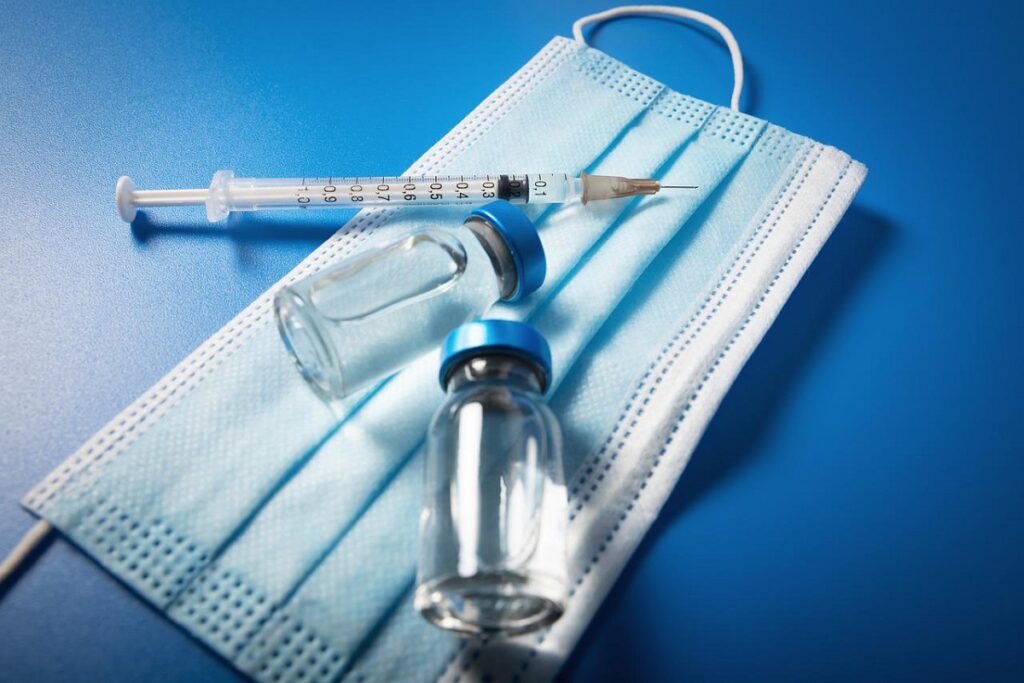This Thanksgiving, we’re grateful for many things—including biotech, which can help ensure the stability and sustainability of our food.
Biotech can increase agricultural productivity and reduce waste, bolstering food security. And policymakers and the public are becoming more accepting of gene-edited and genetically modified foods, with actions to enhance transparency, understanding, and confidence in the technology becoming more common.
But with growing risks to our food supply—including growing demand with population growth, war, and climate change—we need policy that supports the deployment of biotechnology for food.
Here are a few examples of how biotech can help ensure we can enjoy a Thanksgiving feast for generations to come.
Saving turkeys from bird flu
It wouldn’t be Thanksgiving without turkey—yet that could be the future if we don’t get bird flu under control.
This year, more than 50 billion birds have been killed in the United States alone by the highly pathogenic H5N1 strain.
Biotech offers a solution: gene editing to breed birds resistant to avian flu, which could help keep animals healthy and farmers in business.
Bringing back the American chestnut
If you are a fan of chestnuts in your stuffing, it is important to know that the American chestnut tree is “functionally extinct.”
The American chestnut was formerly a crucial component of the ecology of the Appalachian woodland, with an estimated 4 billion trees. But the tree was almost completely wiped out in 1876 by an aggressive fungus that most likely traveled with Japanese chestnut seeds.
However, the U.S. Department of Agriculture (USDA) is considering approval of a gene-edited tree immune to blight, which could help bring it back to our forests. USDA accepted public input on the gene-edited tree in 2022.
Short-stature corn with resistance to wind
Corn was one of the first commercially available genetically modified crops. Now, new advances can make corn stalks shorter and better able to withstand winds, as well as drought, heat, and pests.
Biotechnology Innovation Organization (BIO) member Bayer AG’s Crop Science division said it is developing corn hybrids that are more efficient in several ways—and shorter.
“Short-stature corn captures sunlight, optimizes key nutrients like nitrogen, and stands up to harsh winds and challenging weather—meaning more grain can make it to harvest,” according to Bayer.
“Shorter plants also make the corn fields more accessible to standard ground equipment longer into the season, creating the opportunity for more timely, precise applications of crop protection products and other inputs,” the company noted.
Gene editing can also boost other important Thanksgiving crops, such as by making sweet potatoes more nutritious and resistant to pests and extending the shelf life of berries, which can help reduce food waste.
Potato power
As we’ve reported, the J.R Simplot Company – a Biotechnology Innovation Organization (BIO) member – used CRISPR to develop the Innate Potato, which does not bruise and is less likely to spoil. The Food and Drug Administration (FDA) received the potato in 2015.
Meanwhile, a researcher in the Netherlands recently announced progress using CRISPR to develop a potato resistant to the devastating potato blight. “With the gene editing technology CRISPR/Cas, he made potato plants resistant to late blight disease caused by Phytophthora infestans. He did so without the insertion of foreign DNA in the potato genome,” reports Wageningen University & Research.
Prefer your potatoes sweet? Researchers in Ghana and the Philippines are using gene editing to develop sweet potatoes with higher yields, increased vitamin A, and disease resistance. Beyond Thanksgiving, this CRISPR sweet potato could have a positive impact on food security, providing a source of beta carotene and vitamin A to children worldwide, reports the Genetic Literacy Project.
Fertilizers are becoming more sustainable
Lastly, we can’t forget fertilizer—which has been threatened by the war in Ukraine.
But with synthetic biology, scientists are altering microbes to enable crops like corn, wheat, and rice to convert nitrogen from the air into a form they can use, reducing the need for chemical fertilizer.




